DJI Mavic Air 2 Review
-
-
Written by Adam Juniper
The Mavic Air 2 is shaking things up for DJI customers. Until now, the Mavic Air was the outlier of the range. The top of the line Mavic 2 Pro (dark grey) and the ultralight Mavic Mini (light grey) shared a lot of the same design cues while the Mavic Air, well, it looked awesome! You could even get it in Red!
Looks can be deceiving though; the Mavic Air 1 (as it shall henceforth be known) suffered from disappointing battery life and a genuinely worrying range. When I first flew it, 4K at this price point was impressive enough, but it soon became apparent that the stated 21-minutes flight time was, in practice, little more than 15 useful minutes and if you were to risk flying even a few hundred meters you risked your video signal cutting out since it used a variant of Wi-Fi.
Two years on, the Air 1 looks like poor value compared to the Mavic Mini. Sure, it has 4K, but the Mini’s 2.7K is more than good enough for most purposes and the longer flight time is hugely beneficial. The Mini also has some of the cool QuickShots that the Air 1 sported, so the content creator’s ambitions can be fulfiled for less. If you’re looking for something a bit more sporty, the PowerEgg X might draw your attention, with similar pricing, 60fps 4K video and the option to fly in rain and land on water.
What does the Mavic Air 2 bring to the party?
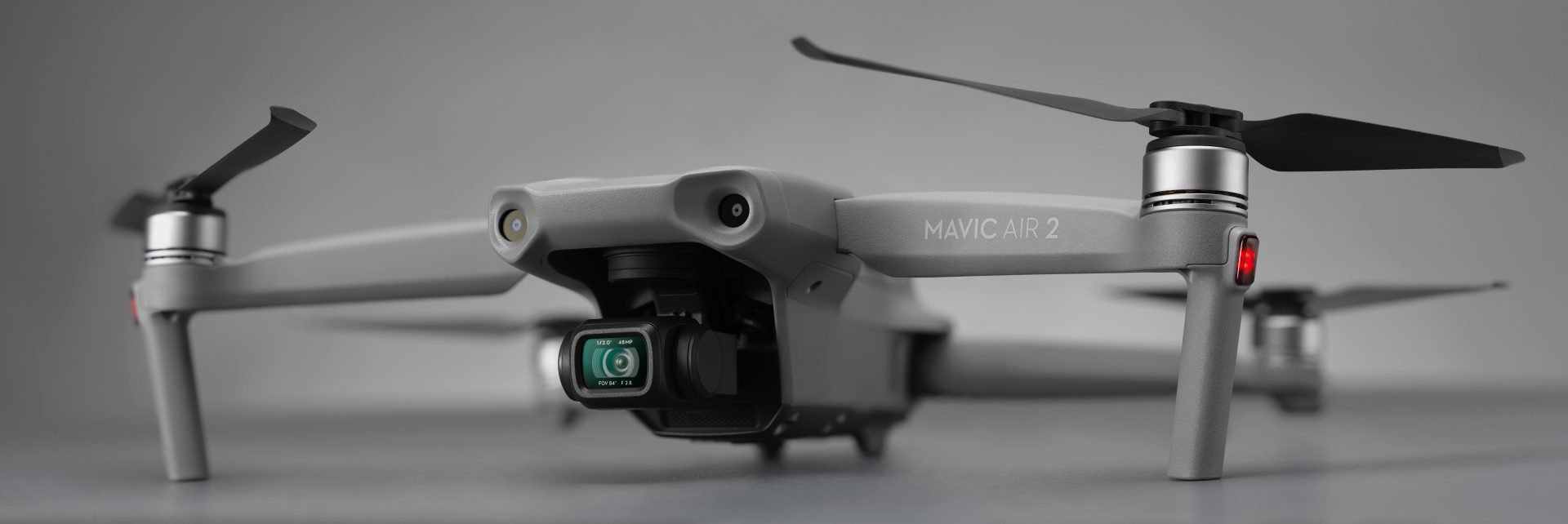
At first glance, conformity! The Air 2 is about halfway between the Mavic 2 Pro and Mavic Mini in size, weight, and shade of grey. A look at the spec sheet suggests the Air 2 is closer to its senior sibling, though, with a new half-inch image sensor capable of 48-megapixel shots. It’s a Sony IMX586 sensor with a quad-bayer arrangement, so it might also be viewed as 12-megapixels by some, but whichever way you look at it the stand-out number for most drone customers is the 60fps after 4K. That’s 4K at 60fps, to be clear (though it drops to 30fps if you want HDR or to use the subject tracking features).
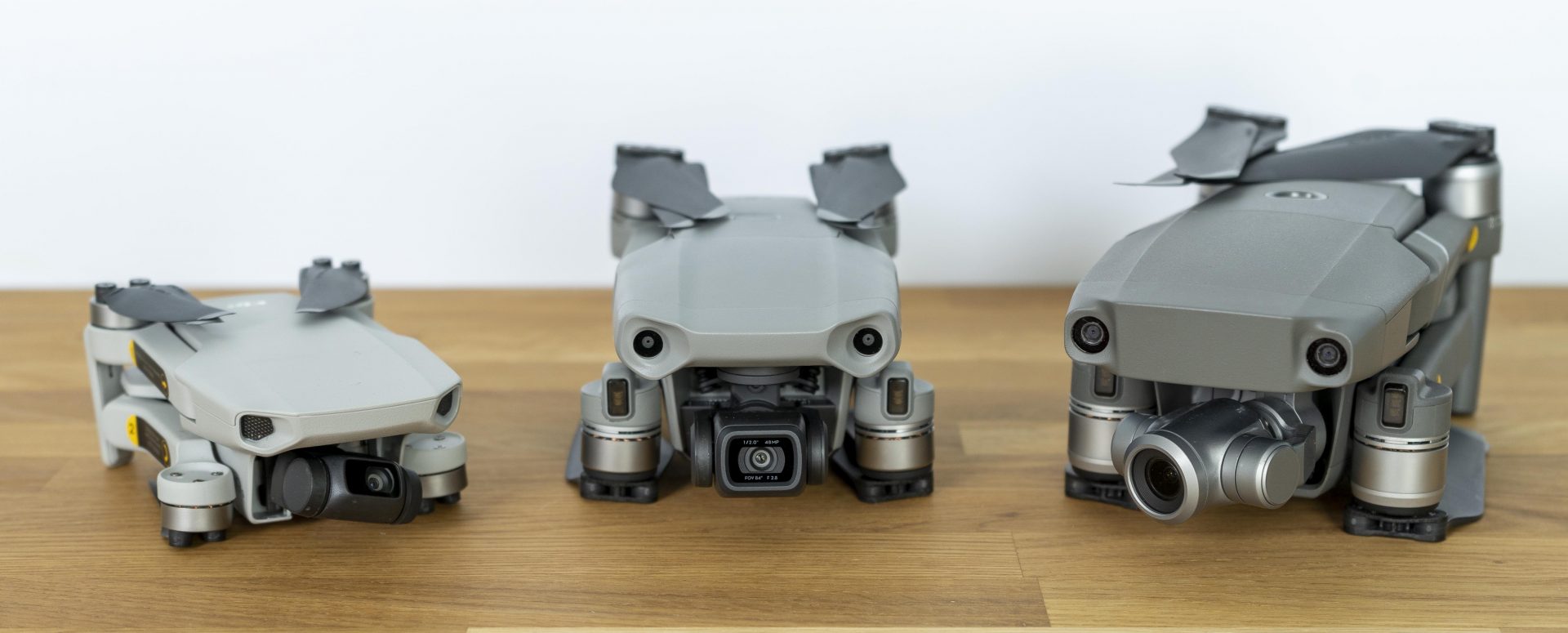
Up until now, if you wanted to capture fast action for silky-smooth slow-mo, you needed to accept a dramatic cut in resolution (often jarringly processed), or step away from the Mavic series. That is no longer true, making the Mavic Air 2 arguably the better choice from the whole line, depending on your likely shooting times and subject matter (the Mavic 2 Zoom or Pro offer varying focal lengths or a 1-inch sensor respectively, so each bring something to the table). On frame-rate, though, the Air 2 wins.
The Air 2 is also very clearly defining itself as a consumer drone, by adopting DJI Fly, rather than the ‘Go 4’ app seen on other DJI drones. The app – first seen with the Mini – was seen as offering cut down features. It now seems, however, that it is more of a re-styling, adopting a cleaner look, since the Mavic Air 2 is not short of high-end functionality.
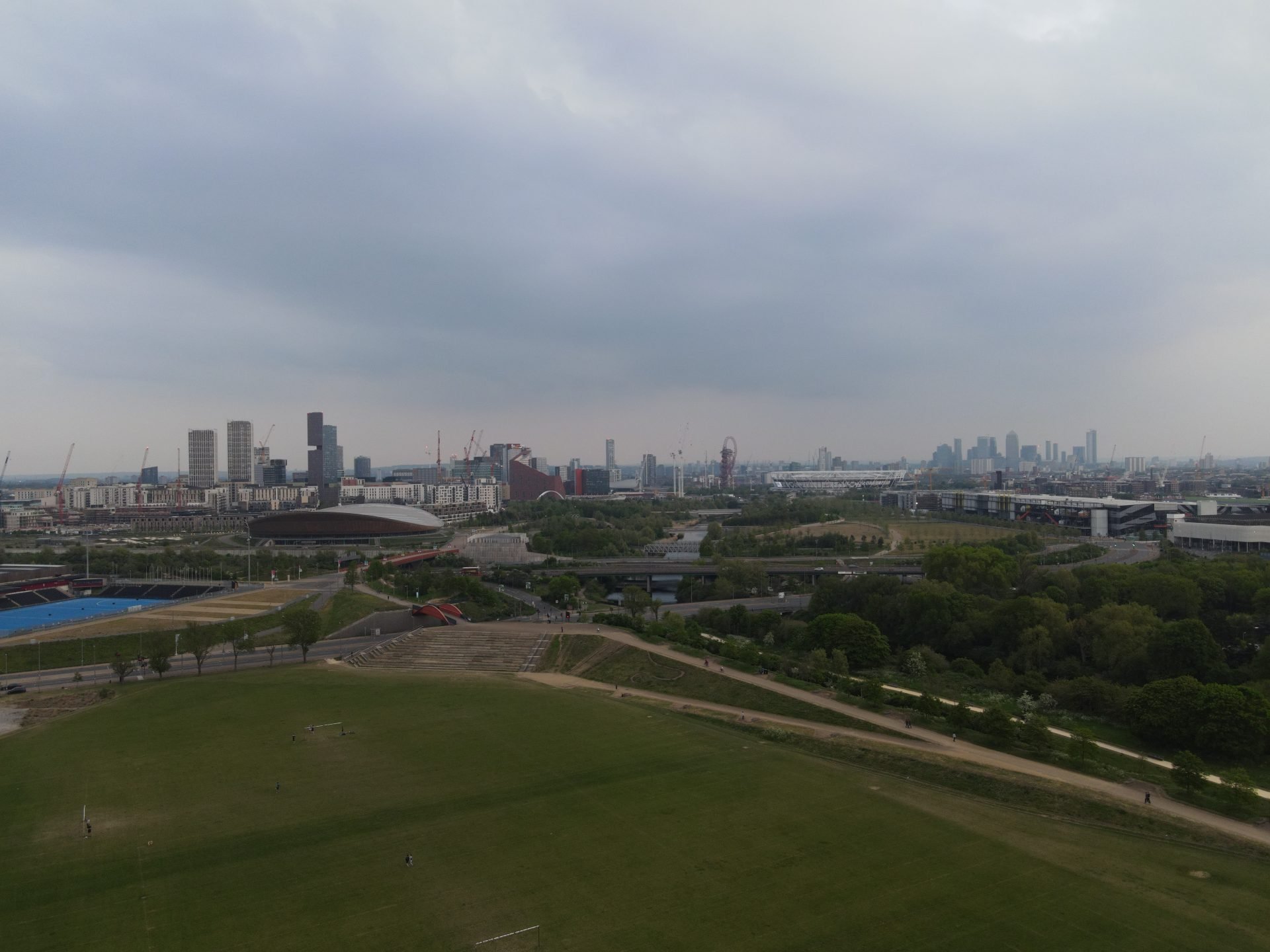
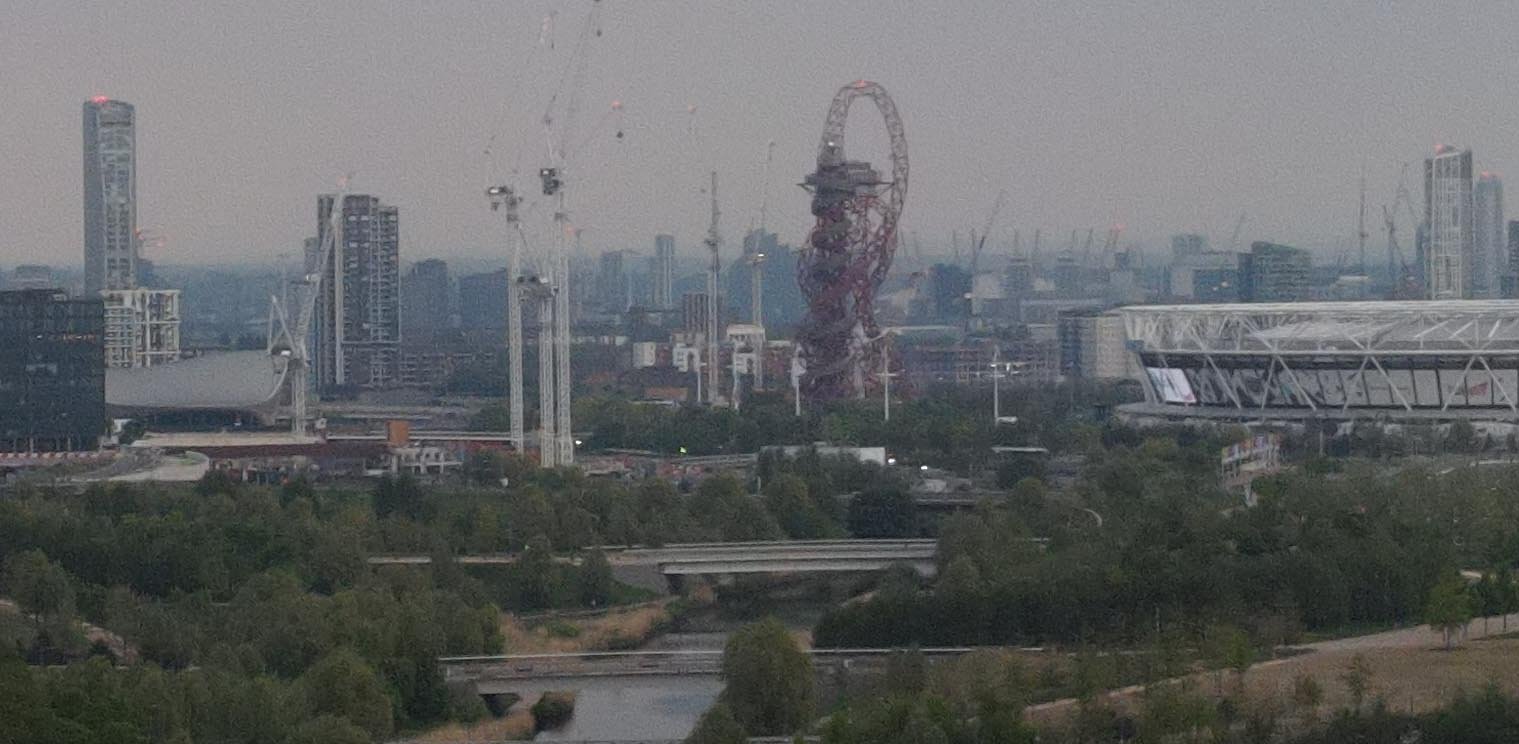
New Controller
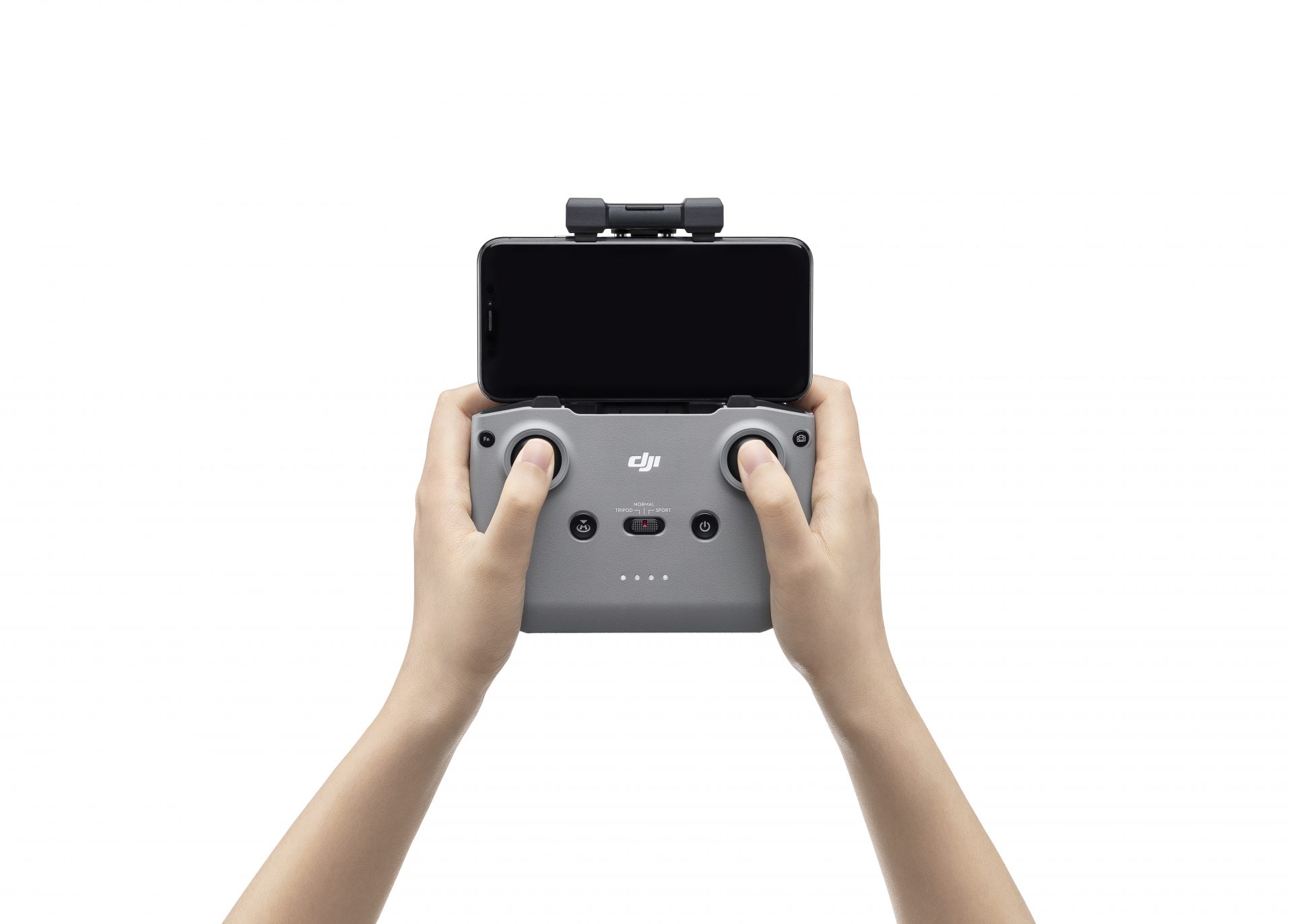
Out with the fold-out controller which has been with the Mavic series since the start, in with a new slide-out antenna mechanism which doubles up as the phone grip. This puts the phone back at the top of the controller – as on Phantom, Inspire and other higher-end systems. Inside is OccuSync 2.0 which, like the Mavic 2, offers around 10km of range (in FCC-covered areas) or 6km elsewhere (where signal strength is more restricted). In either case, this technology effectively eliminates the risk of signal drop-out within a reasonable distance of the user (remember 500m is the limit in most places), and it really does work.
Most of my testing time was spent in designated flying fields that bordered urban areas. These generate a lot of electromagnetic interference, yet I never seemed to lose my video signal for a second – it seemed a shade more reliable than the Mavic 2 series and far more so than the Mavic Mini (which uses a similar system to the Mavic Air 1).
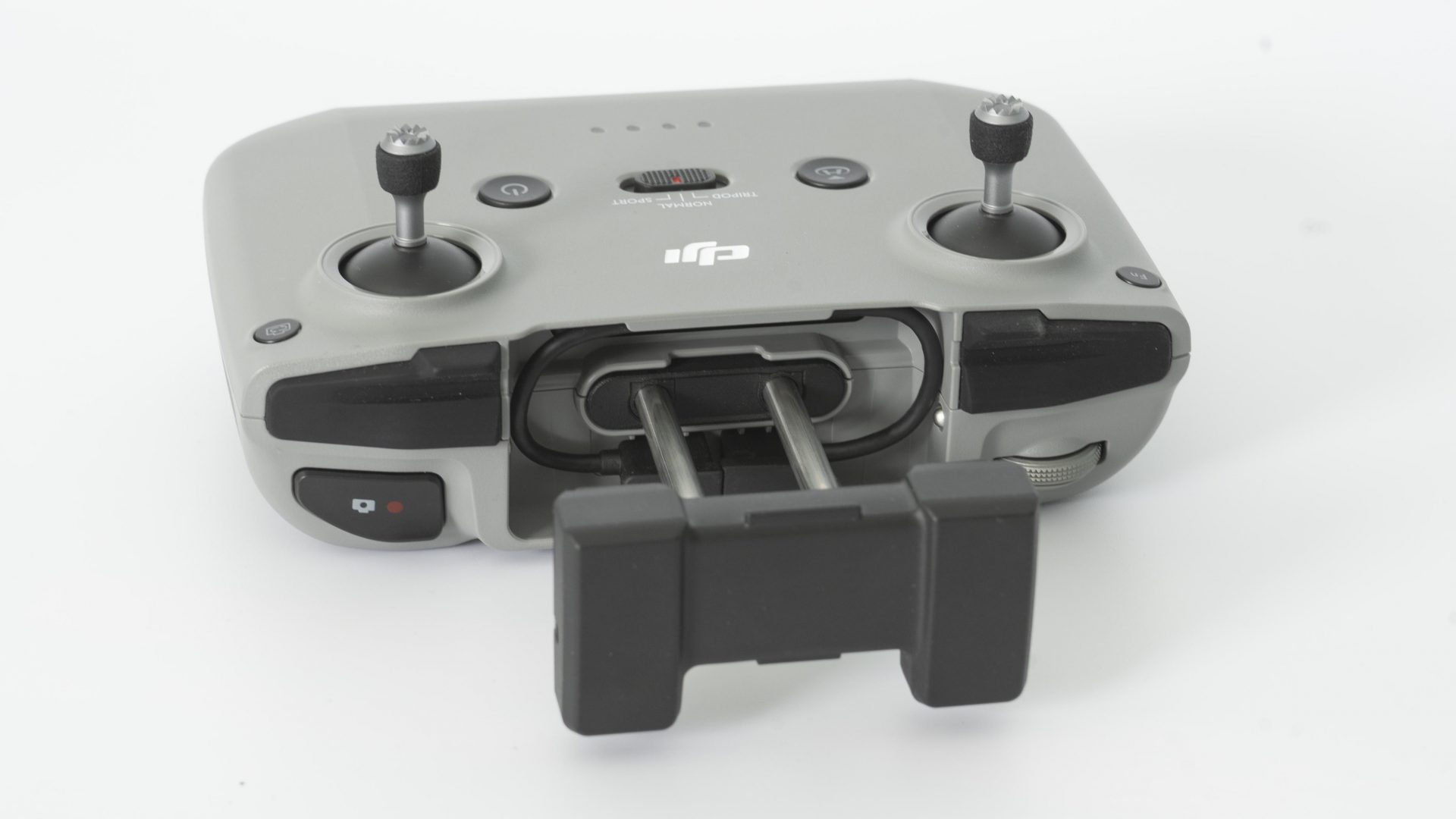
The controller also comes with the now-expected refinements that DJI bring – little bays for the unscrewable thumbsticks, a choice of Micro USB, USB-C or iPhone connector, a finger-wheel to control the gimbal tilt, and a trigger-shutter on the opposite side.
The new design might have something to do with the arrival of ADS-B, a technology being pushed hard by the FAA in the US which transmits the location of an aircraft. The idea is that, by fitting them on every aircraft (not just drones), they can more easily detect and avoid each other. For customers this is an option, in the USA at least, and will be branded as AirSense in the DJI app, and will warn you of nearby aircraft in the app and via vibration. The system will only be available in the US at first, and is only ADS-B IN (i.e. it does not broadcast the drone’s location, but detects aircraft with full ADS-B Out transponders and offers a polite warning on screen).
Vision System
Most pilots will have little to gain from ADS-B at first but, in the long run, it’s likely to help with the battle against drone bans. Those outside the US need not be worried that what is effectively a large scale beta test doesn’t include them. What interests drone operators is collision sensors, and in this score the Mavic Air 2 does, well, OK. It’ll definitely disappoint some that there is no 360-degree system, but forward, backward and downward facing sensors.
They are not just used for collision avoidance though. Under the umbrella term ‘FocusTrack’, DJI has incorporated much of the tech introduced with the Inspire 2 to track subjects (even when they briefly disappear), fly around points of interest, or keep a subject in place while flying in another direction. For branding fans, these are ActiveTrack 3, Point of Interest 3 and Spotlight 2 respectively.
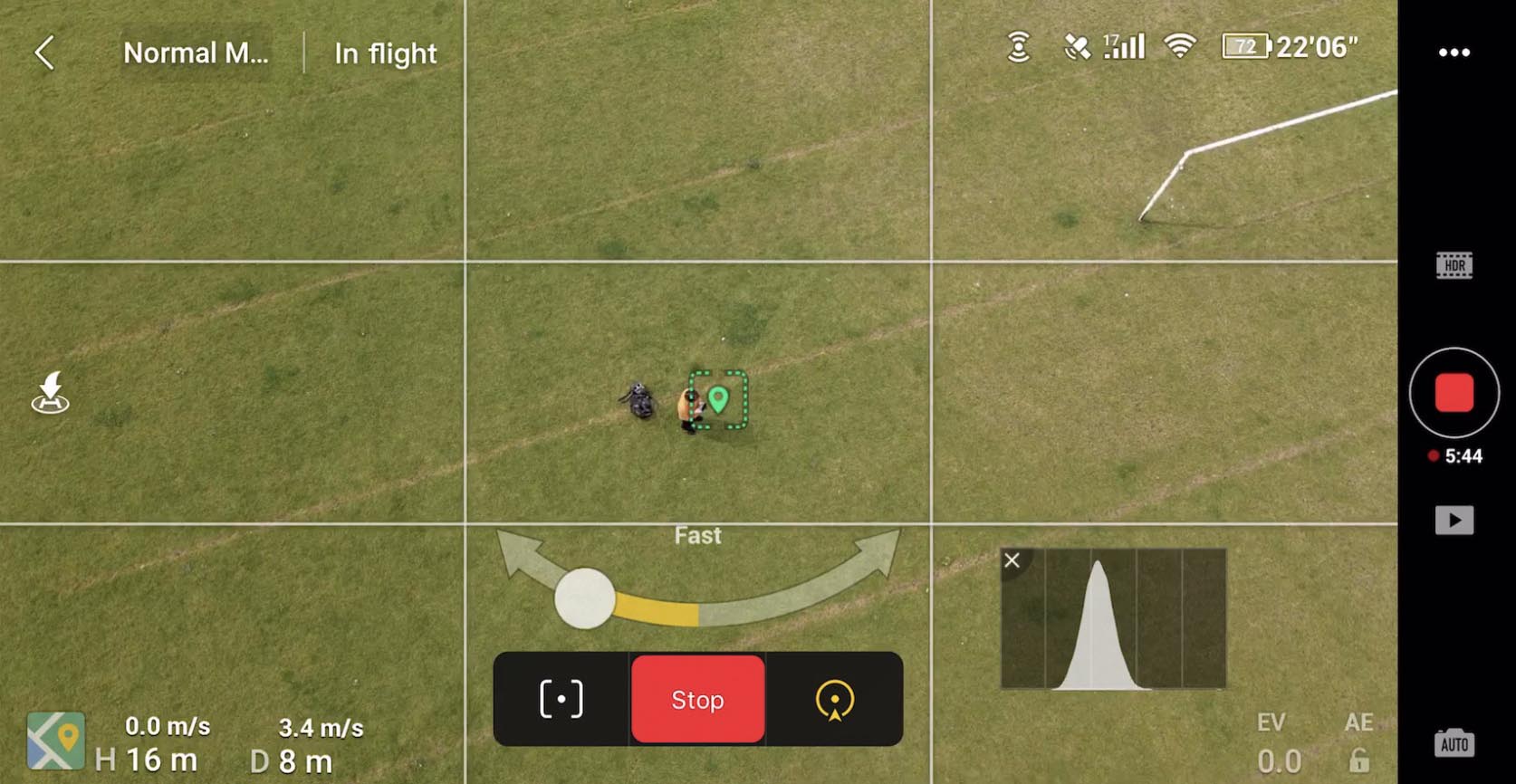
FocusTrack as a system does, however, come with one disappointment – it’ll drop you to 2.7K if you still want 60fps (or 30fps at 4K), presumably because of the extra work the processor is handling.
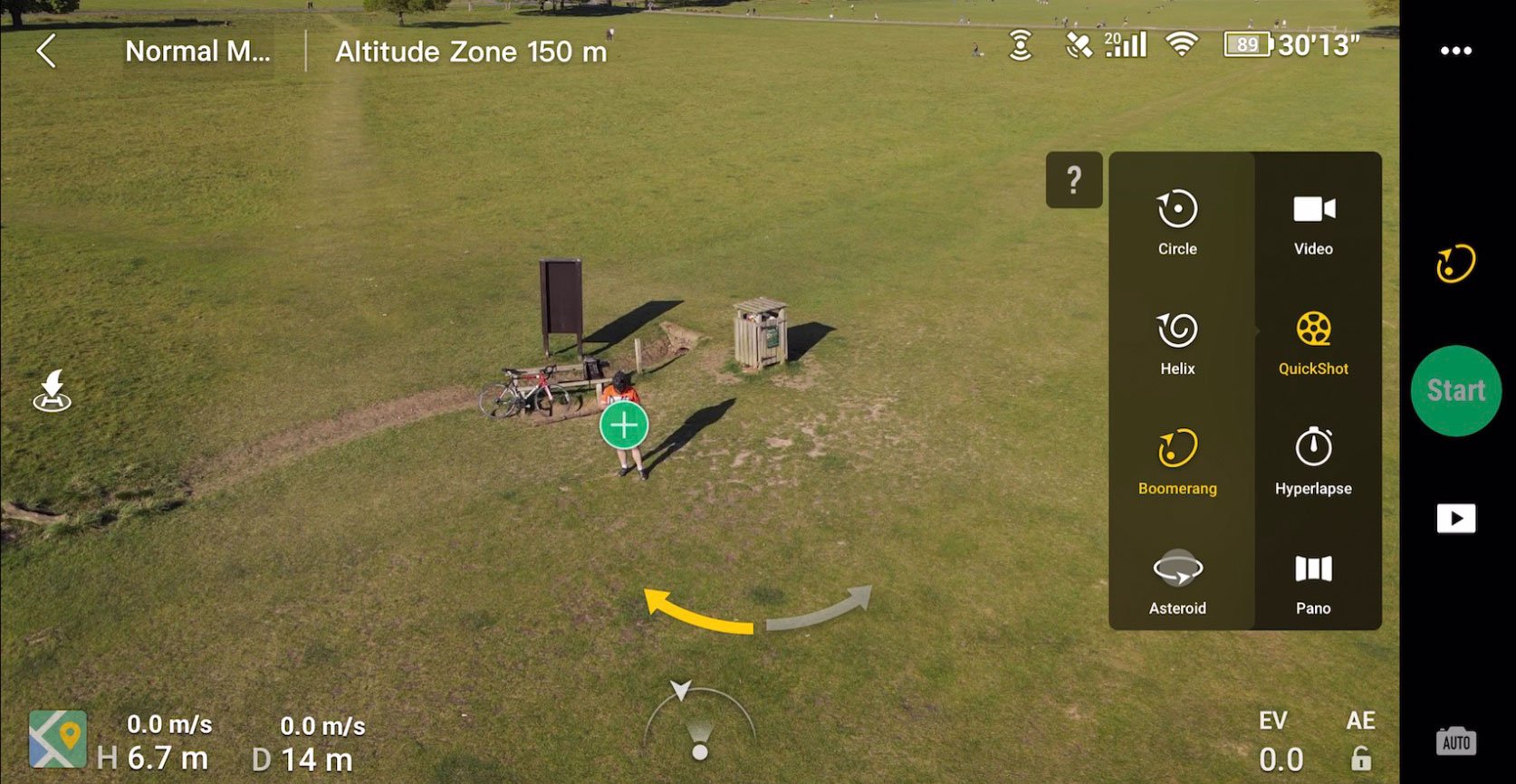
QuickShots, in which the drone performs a programmed action to create a dronie of one kind or another (indeed one of the flight patterns is called ‘Dronie’) are still included, making it even easier to get something shareable for the uninitiated.
8K HyperLapse
HyperLapse is DJI’s term for timelapse, which is presently offered at up to 4K but will – following a mid-May Firmware update – go up to a whopping 8K. The advantage of this is moot, save for the fact that “8K” can be added into the marketing materials (DJI won’t be unaware of the interest Autel Robotics have got for their 8K video capable Evo II, which is starting to ship).
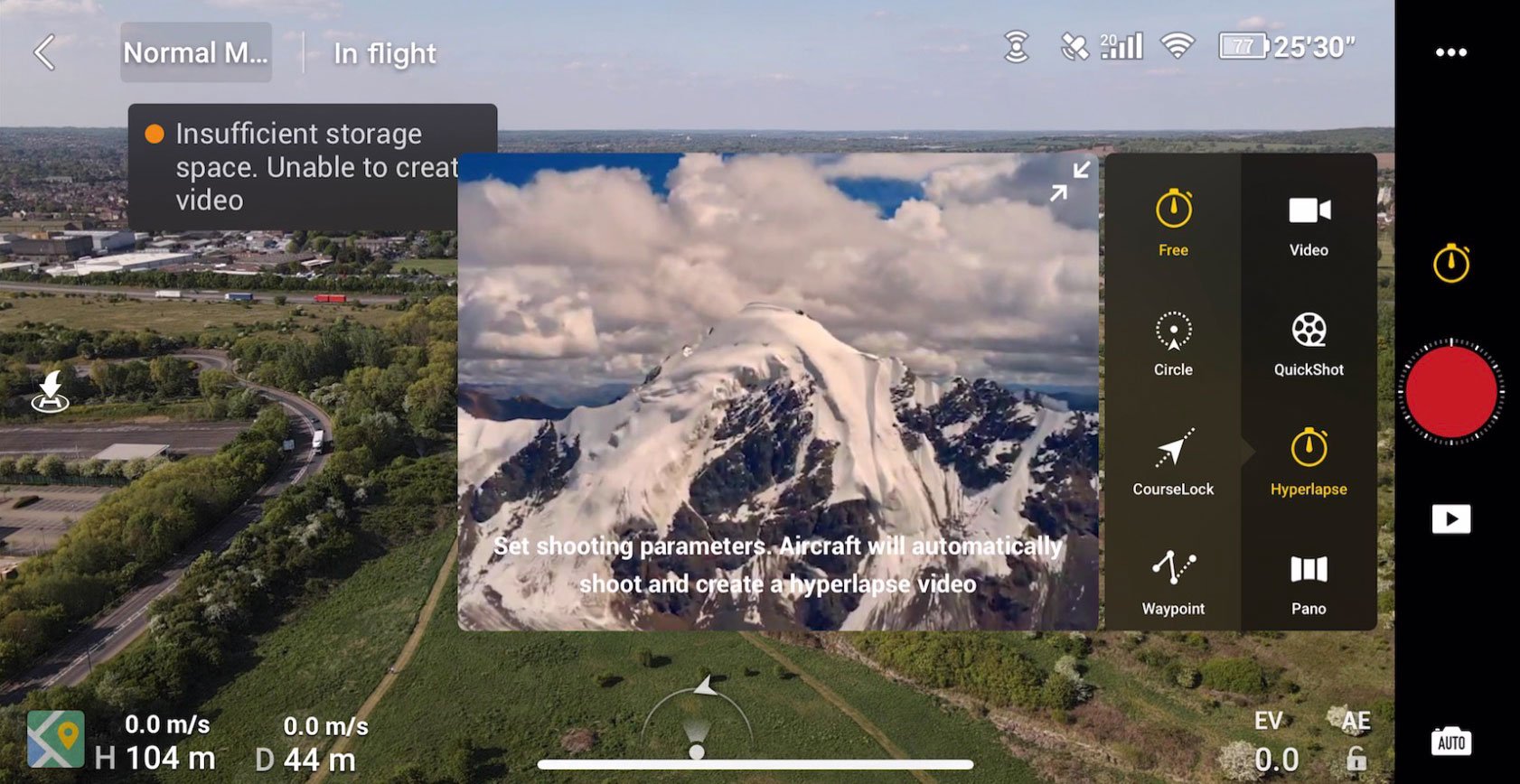
Overlooking the needlessly marketing-inspired name, the Hyperlapse function is well implemented. You can still pilot the aircraft, but forward or strafing / sideways motion becomes very sluggish so the resulting shot is slow. Sounds odd, but it’s a neat and often easier alternative to pre-programming a route (also an option). You can even have the drone circle a subject automatically, and (very usefully) the drone will also do the maths for you when you specify the frames and interval and warn you if the battery will become an issue. Handy.
The Airframe
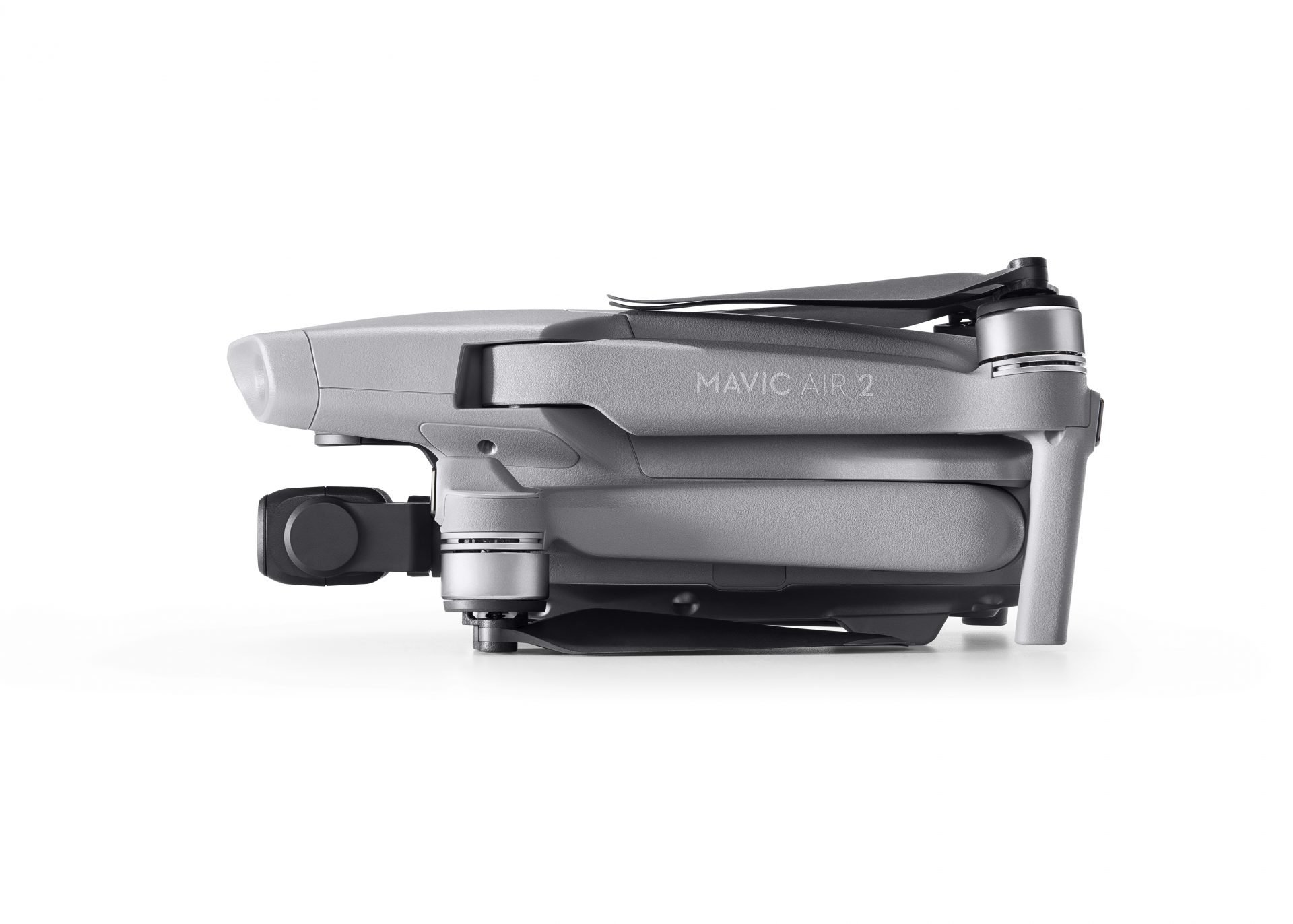
Weighing in at 570g, the drone supports a 3,500mAh battery and can remain aloft for a theoretical 31 minutes (34 at a constant forward speed). The camera is attached to a 3-axis mechanical gimbal which can either remain horizontal or be set to tilt with the drone’s banking in ‘FPV mode’.
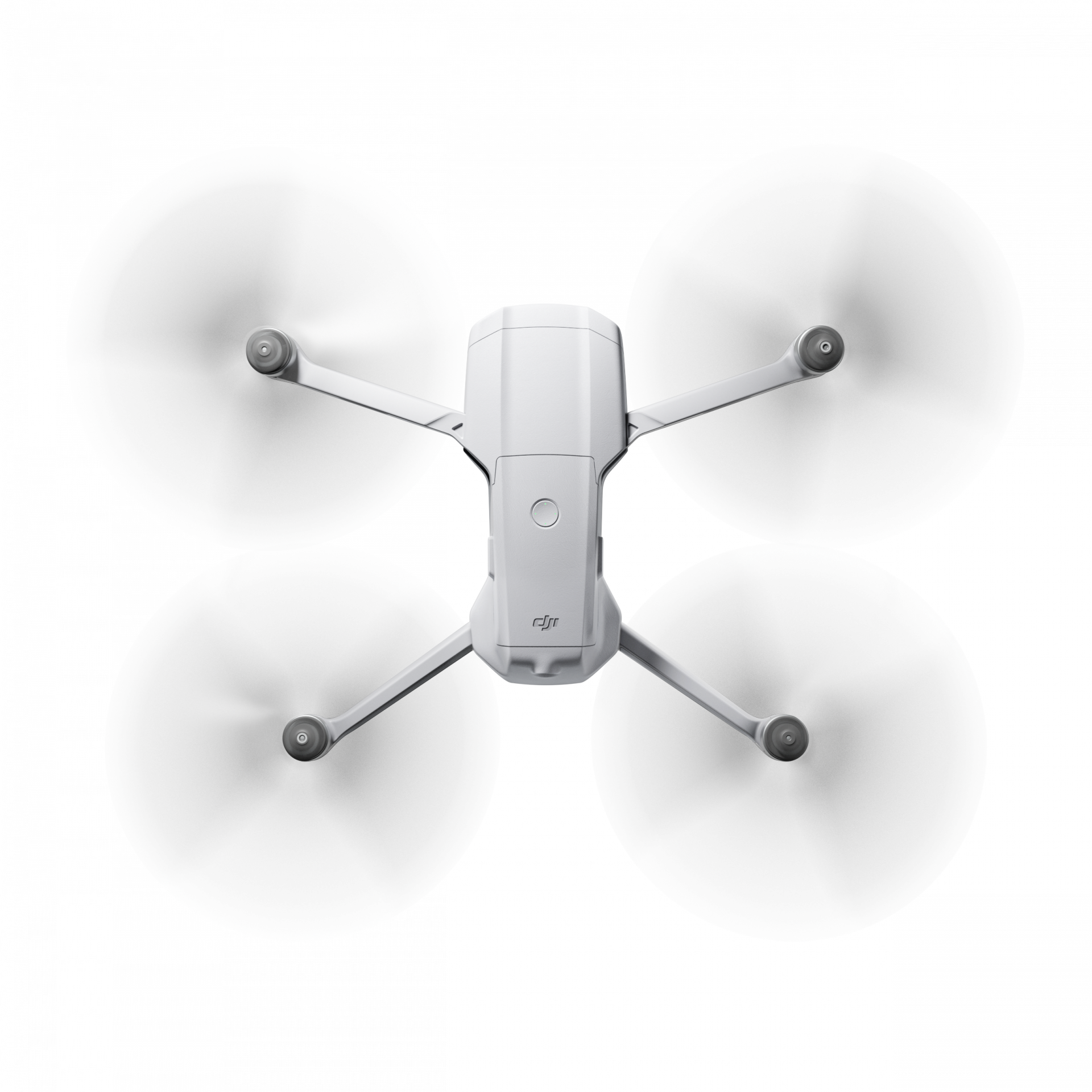
It has speed – at 42mph / 68kph it’s only a shade slower than the Mavic 2, and it can climb at 4 meters a second. A better measure of stability, though, is the descent speed (descending without falling over is trickier for quadcopters). This is set at a nippy 3 m/s in normal mode or 5 m/s in Sport mode, which suggests DJI are pretty confident of their design. With a 302mm diagonal distance when opened up, they have reason to be.
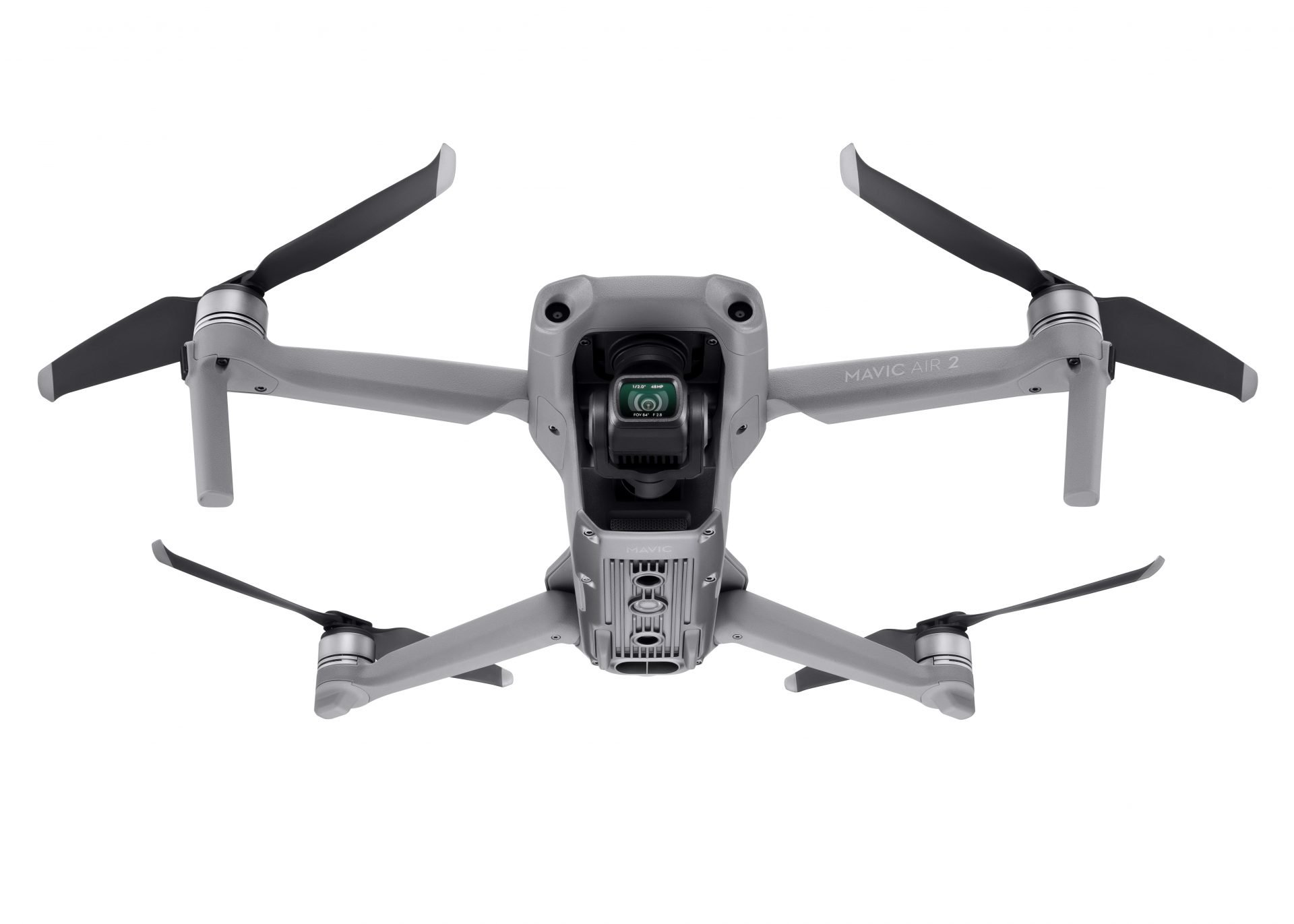
On the underbelly, as well as the vision system which helps with automatic and manual landings, is an LED light which can assist these systems in the dark, or just be used as a bit of fun. I was able to use this light to hover indoors in a typical terraced house in the UK (i.e. small!) and the drone hovered perfectly with no GPS, so though it seems a bit gimmicky perhaps there is something to be said for it.
Perhaps the one slight weirdness is, although the props (which don’t arrive fitted) are discreetly but clearly marked with according to which motor they should go on (clockwise or anti-clockwise), they can be fitted onto the wrong one if you try. This may explain why the app includes such a clear tutorial for new pilots and I can only assume the reason for this backwards step is DJI & Autel’s long-running patent dispute which revolves around (sorry) propellor attachments.
The Camera
As mentioned, the new camera is based around a half-inch CMOS sensor with a 48-megapixel quad-Bayer filter. This effectively means there are four pixels with different levels of sensitivity within each of the red, green, and blue that make up the 12-megapixel Bayer filter. The upshot is data which HDR processing can make more use of. I was prepared for this to be a marketing gimmick, but it has to be said that – although DJI already stretches a lot from their smaller image sensors – this does seem to stand out.
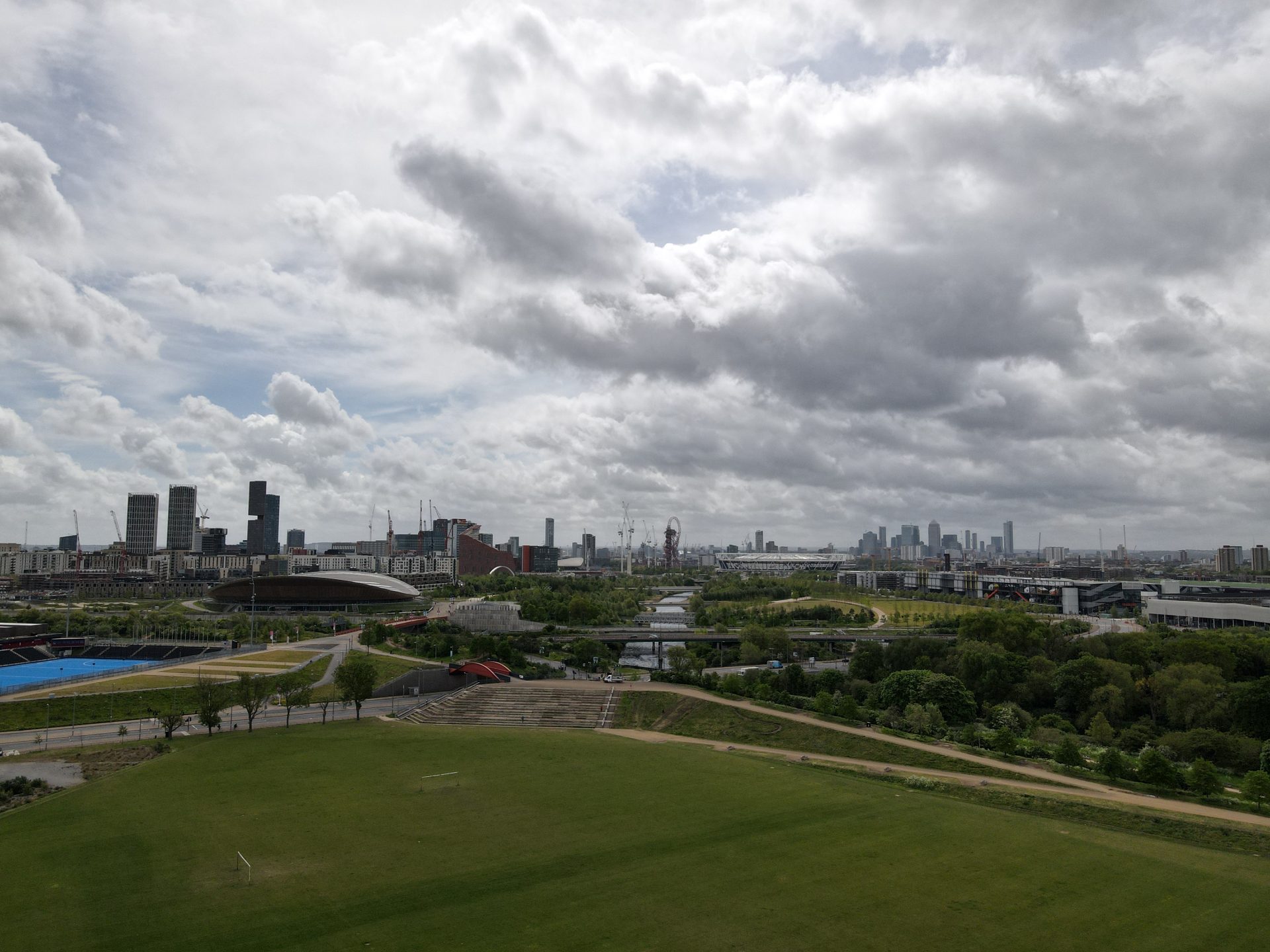
The FOV is 84-degrees, an equivalent focal length of 24mm, with an ƒ/2.8 aperture and 1m to infinity focus. ISO is 100-6400, limited to 3200 in 48-megapixel mode. There is still some noise, even in good light, as you’d expect from a sensor which is only a little larger in surface area than the Mavic Mini. Against a similarly-priced competitor: the PowerEgg X – which also has a 1/2.3 sensor – that size really seems to show. The 3-axis gimbal is also clearly doing good work; sudden movements are rare.
Low Light
The low-light performance is much as you might expect on a small sensor with a high pixel density: imperfect. Certainly in video mode dim evening light coupled with motion leads to blurring, which is to be expected. When reviewing stills, pixel peeping will reveal plenty of noise, yet when you’re taking in the whole scene, all those extra pixels can come in handy, especially when shooting JPEGs.
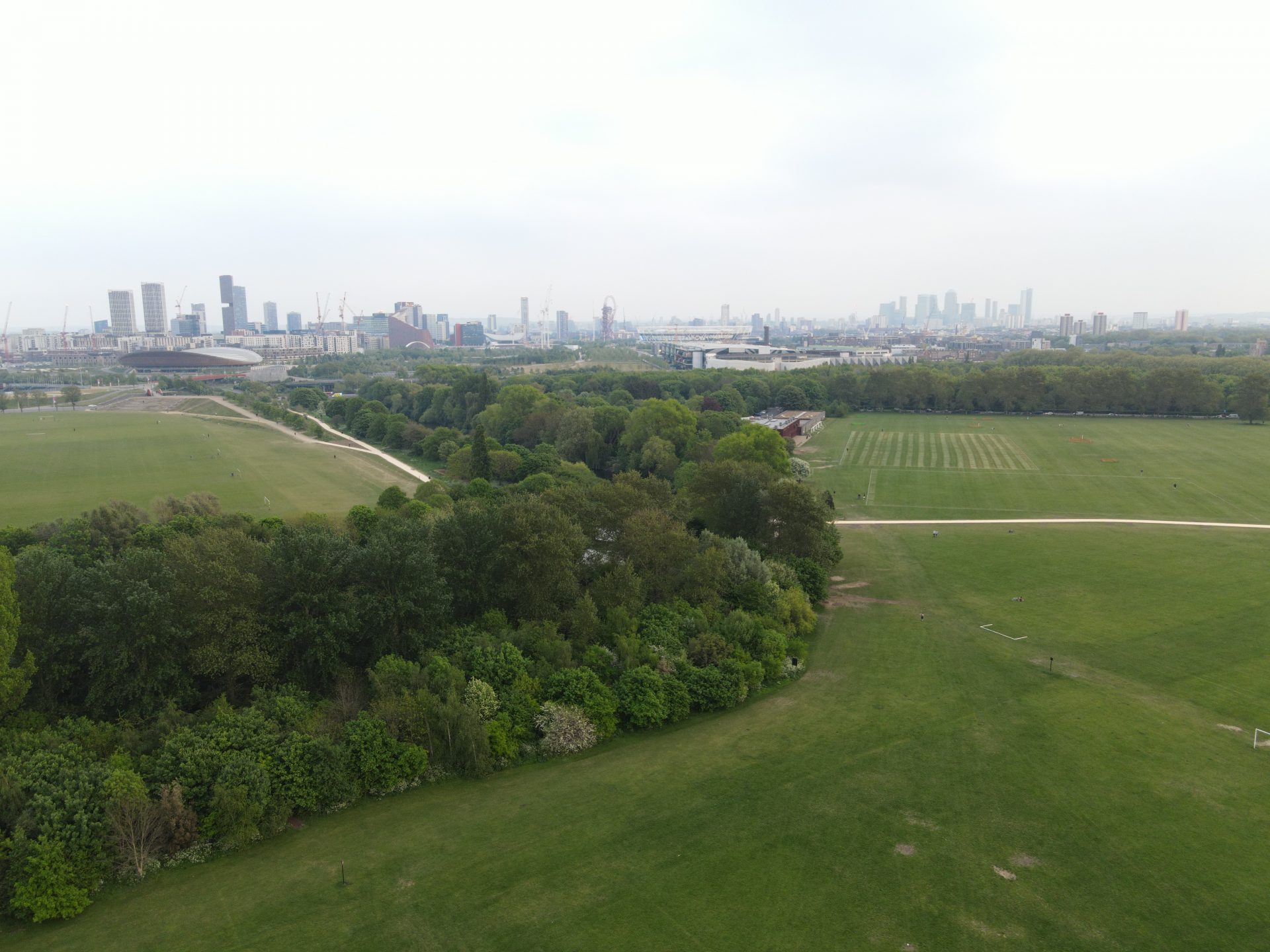
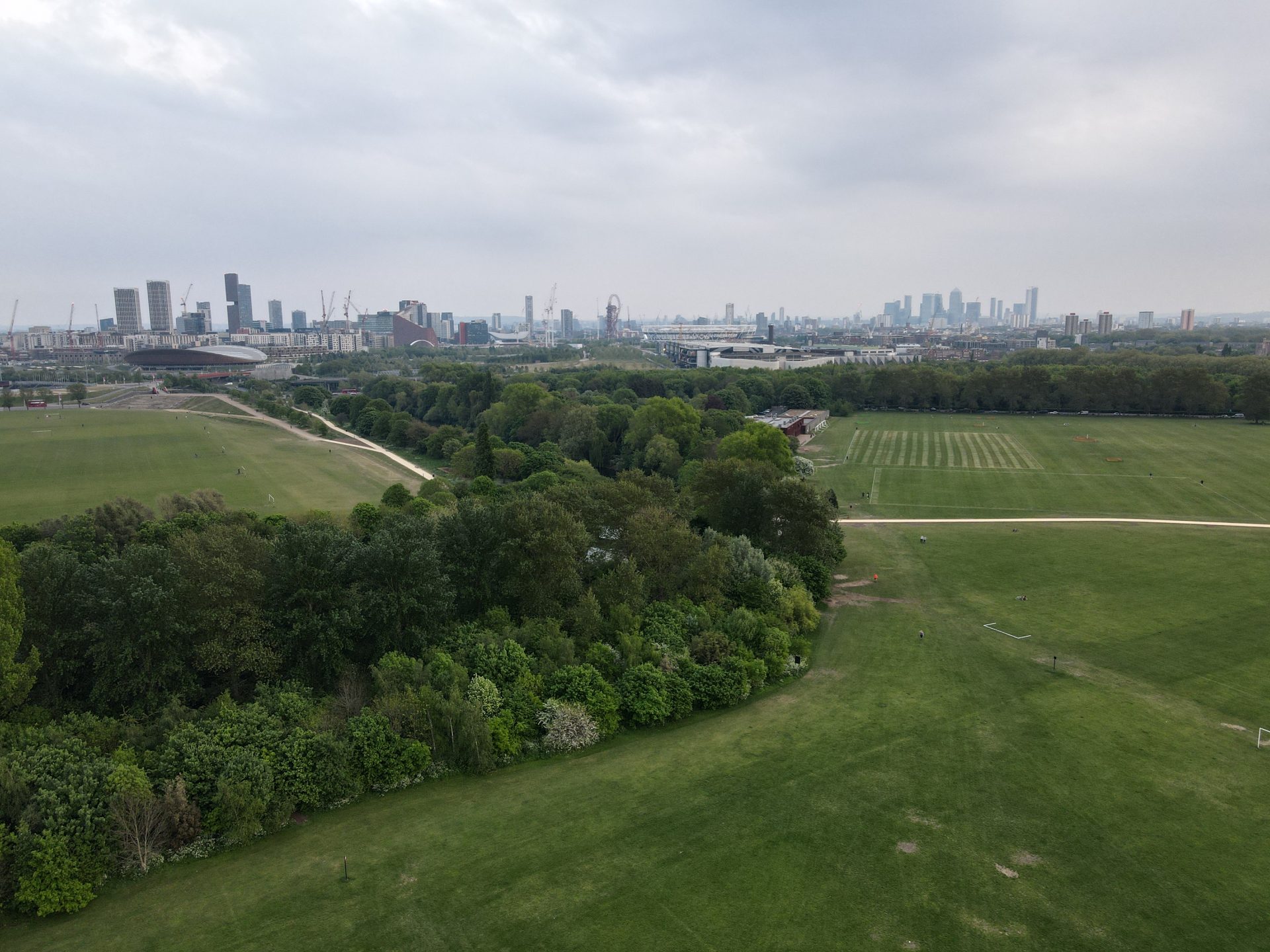
Shooting stills, in which the shutter speed isn’t so obviously punished, can lead to some pleasing results, though I wasn’t able to test DJI’s ND filters, so looking straight into the sun and exposing for sunset.
Atop possibly the best gimbal programming in the business, DJI have chosen to mention software stabilization in the QuickShots in their press materials. Since these are accelerated video, I imagine they’re saying the processing has improved, which is great, but I couldn’t detect a massive improvement. They are already so good on the other Mavics that it didn’t seem worth mentioning. (side note: The ‘arcade mode’ on the Parrot Anafi’s gimbal is better to use than DJI’s FPV mode, in my view, but for photography & videography the Mavics win.)
Panoramas
Alongside all the usual features (AEB, Raw, timer, and so on) is Panoramas. These too are a DJI staple, but it’s worth remembering how useful it is that the app will take control of the aircraft and shoot a series of shots and stitch them for you – up to 8192 x 4096 pixels.
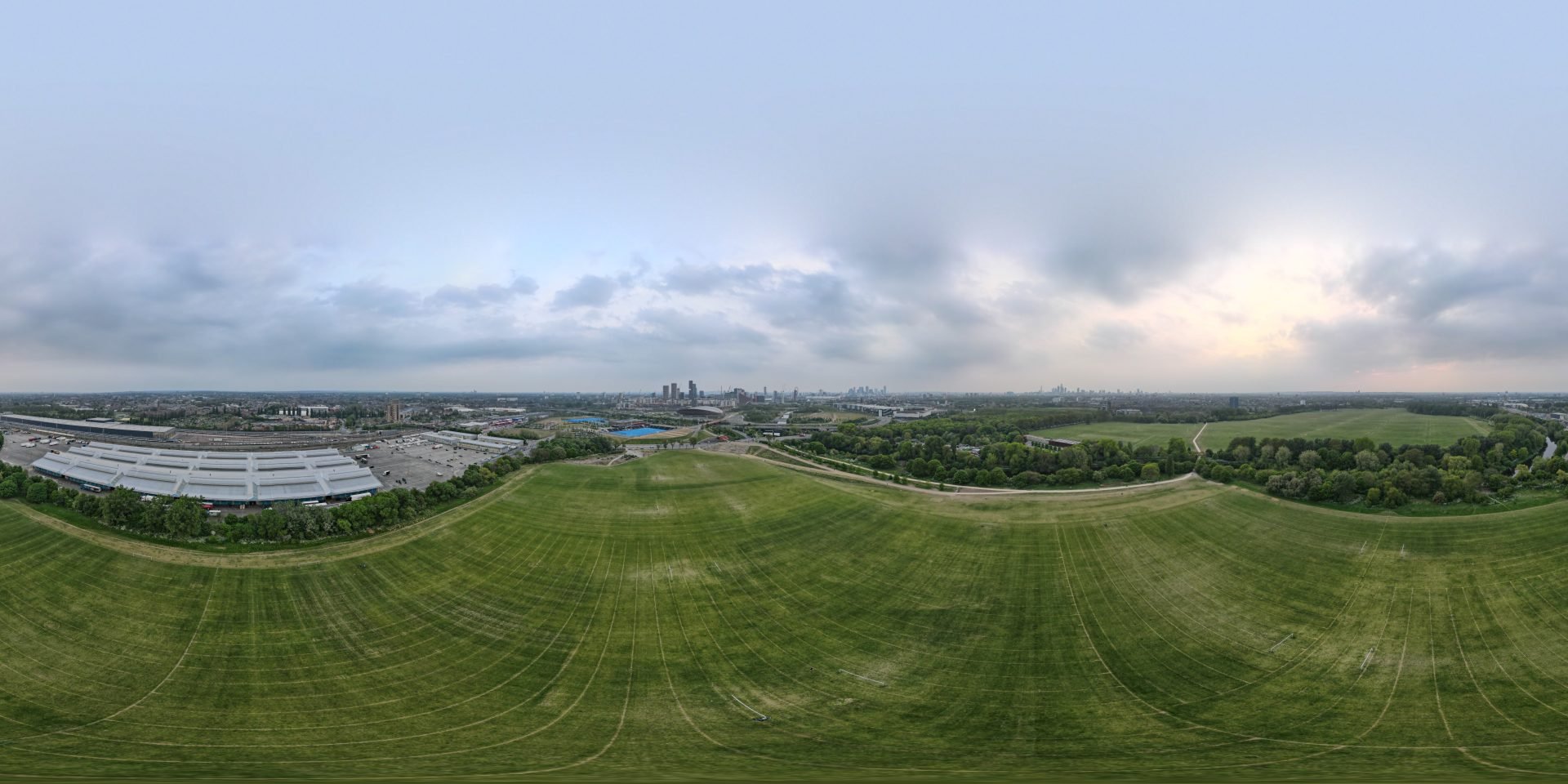
It’s hard to understate how good these are, to be perfectly honest. I find my jaw-dropping as I look at these (but it’s worth remembering that I’ve been flying drones since cameras were optional).
Camera Features & UX
New is ‘SmartPhoto,’ a scene recognition system which will tweak settings for landscapes, grass, trees, snow and sunsets. Personally I found SmartPhoto feature to be close to useless, since it had to be engaged separately from other camera modes and from the air the variety isn’t that much. It’s quicker and easier to tap-to-expose, which you can do all the time, than to find a specific mode.
Which brings me to a wider point. The camera is well equipped, but the app has some serious quirks. DJI might resolve these over time, but they’re there. I mentioned already that features can easily be hidden by the scrolling menus without any visual indicator that they need to be swiped to scroll. Not helpful.
The other thing which can be more than a little irritating is that each mode has its own settings. This is perfectly rational, if you think about it, except that 48-megapixel and 12-megapixel are different modes. So when you switch to JPEG+RAW in one, you might still only be shooting JPEG in the other. This might well be a good thing – who wants a card full of 100Mb RAW files? – but many photographers (me included) expected turning ‘Raw’ on to apply across photo modes.
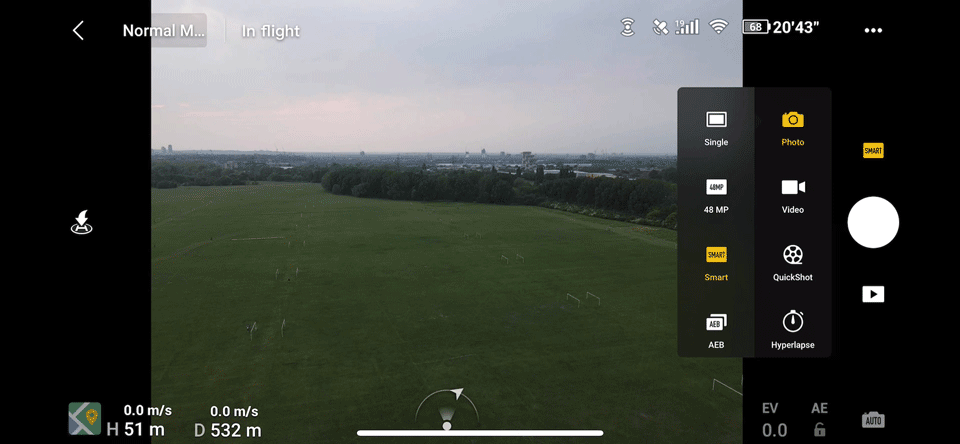
Once you’ve got that in your mind, and realise that the icons can scroll, other features are broadly logically organised, the app is surprisingly powerful when compared to the version provided with the Mavic Mini.
Video
Video-wise, atop the headline 60fps, up to 240fps (8x slow) is available at 1080p. Excitingly the maximum bit rate is 120Mbps – 20 up on the Mavic 2 Pro – which makes for great quality video (and slightly fuller memory cards – 32GB will definitely not be enough if you get the Fly More kit).
Lower resolutions, like 1080p video, look good straight from the drone too. There are none of the sharp line-binning effects seen on some other system. That said, lowering the frame rate (especially to 24p) on a bright day will lead to a judder unless you fit an ND filter to compensate; DJI include these with the “Fly More” kit and the market might well provide alternatives soon – there is no standard fitting.
The HDR video is not excessively exaggerated. The output is 8-bit, and this is also true of the D-Cinelike flat profile option, which gives creators the chance to exaggerate things when grading. If you need a little more flexibility with your raw video, the Mavic 2 Pro offers 10-bit. For most purposes though you’ll likely be happy with the drone’s HDR processing.
In Flight
Flying the new Mavic Air 2 is a near-perfect experience. For one thing, the battery did, in my tests, manage nearly 28 minutes of being flown hard, flicking between Sport and Normal mode and pushing the acceleration so worrying about the clock (as the Mavic Air 1 insisted) is gone.
Above: This video shows the camera recording with the drone being flown in Sport’s Mode, which can reach 19 meters/second (42 mph). You’ll note the gimbal doesn’t have to make any sudden corrections and, in this good light, the video (4K 60fps) is crystal clear. (EU & UK pilots might be interested to know that 19m/s is a restriction of the new C1 standard which comes into force in 2020, so it’s a speed limit you can expect to see on most drones aiming for this consumer certification, though the Mavic Air 2 pre-dates it.)
The aircraft itself is beautifully put together – very similar to the Mavic 2 series in most respects, so it’s little surprise that the newer, more modern motors can manage virtually the same speed. I was taken aback at the level of wind the drone took in its stride; it’ll fly without even giving a wind alert in gusts which would blow the Mavic Mini away.
The OccuSync 2.0 controller is also much better in the hand, and the technology much better at maintaining a connection – I didn’t lose signal once within the 500m legal range, even where there were sources of RF interference nearby. The old Air (and the current Mavic Mini) are not so well equipped. The remote also seems to last a good many more flights before requiring charging, which is a nice plus if you’re charging from the car.
Buying Options
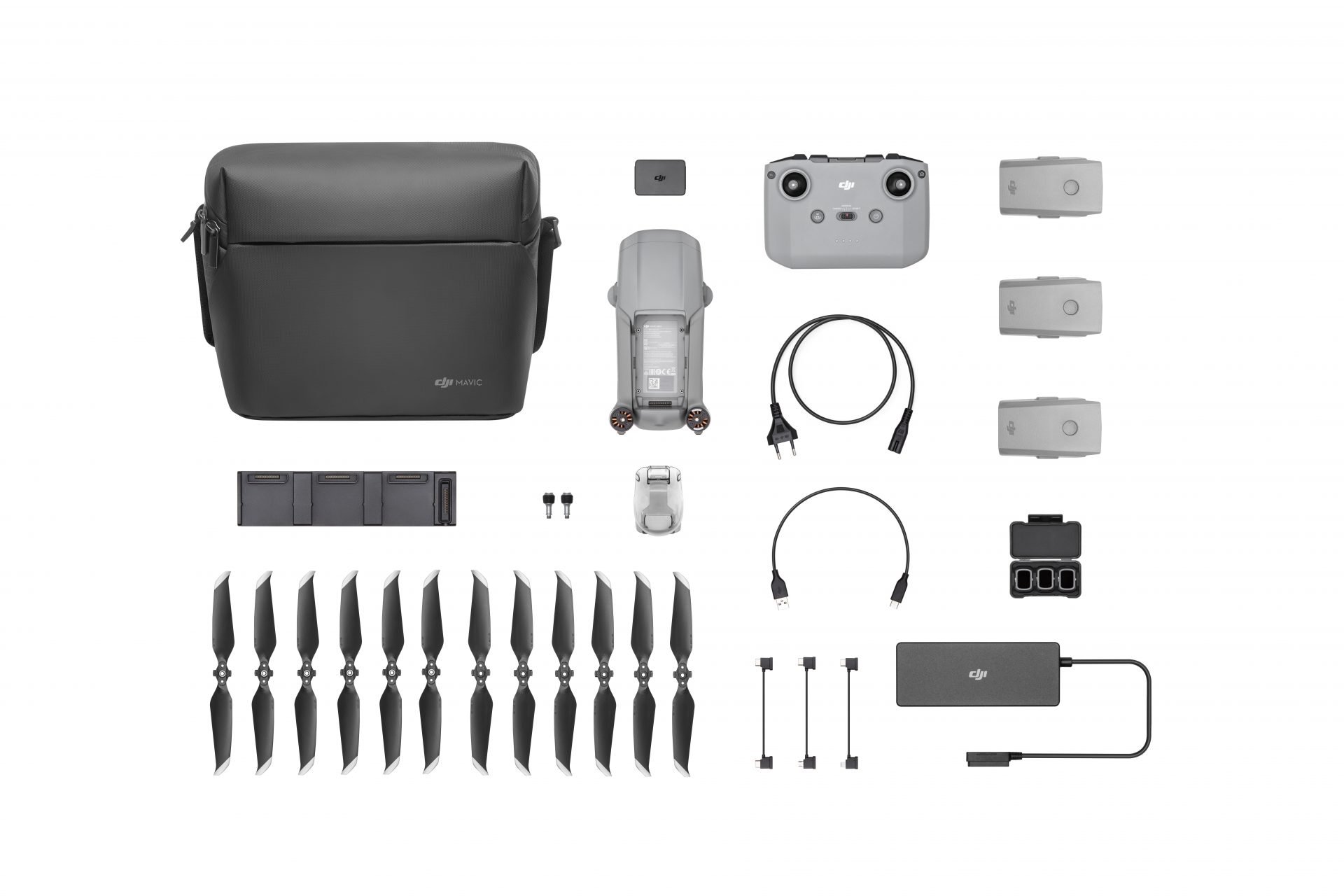
The Mavic Air 2 is shipping now and, as ever with DJI, customers can choose between a standard set (the drone, one battery, the controller, and a simple charger one set of spare props), and the ‘Fly More’ kit. The latter comes with a total of 3 batteries, a set of ND filters, a sequential charger, a nice case, and a more spare props.
Verdict
The Mavic Air 2 is an exceptional package, and – for anyone who intends to do more than casual flying – it is now the obvious choice in the drone market. Its introduction effectively relegates every other similarly priced drone to being preferable only in specific circumstances (the Mavic 2 Pro has a bigger image sensor which is great in low light, the Mavic 2 Zoom has an optical zoom, the PowerEgg X can handle water, and the Parot Anafi can turn its camera upward). The Mavic Air 2, however, beats or essentially equals each of these aircraft – and other competitors – on range, speed, image quality, video quality, battery life, build quality and useability. In terms of value, that’s hard to argue with; most use cases are definitely better served by this drone than any other.
Pixel-peepers will, of course, be able to find fault – drone cameras are all a balance of weight and size against quality, and fast movement in low light will push the Mavic Air 2 past the camera’s limits. Feature-obsessives might believe all-round collision sensors are essential. They’re absolutely not, and I wouldn’t want an increase in price to pay for a feature of such little benefit. Most complaints apply to the competition too and – to my mind – DJI have achieved the best compromise between physics, price and functionality.
With the Air 2 above the 249g threshold for registration, it must ultimately be considered a product for serious users. Given that, the question must be “Are you getting enough for your money?” And, even with the standard package and just one battery, my answer has to be a resounding “Yes.” The Mavic Air 2 (and its app) offer a range of functionality which, despite a few idiosyncrasies, is unrivalled at not only this price but nearly double it.




